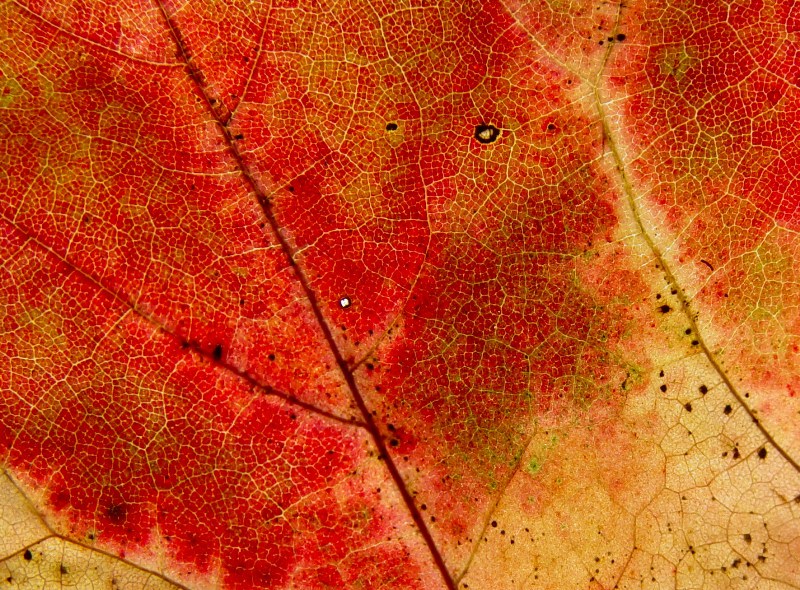Pastoral Implications
Of Atonement Theology
This is a fresco of Jesus as the Good Shepherd (John 10) in the catacombs of Rome, dating to the first three centuries of the Roman Christian community. Jesus used shepherd imagery to describe pastoral and evangelistic ministry (John 21:15 - 17; Luke 15:1 - 7; Matthew 18:12 - 20). Photo credit: Unknown, Public domain.
What atonement theory you believe and use matters a great deal. It will shape and color, if not determine, your responses to people, situations, and questions.
Below are two videos from our 2019 Conference: Healing Atonement. The first is a 12 minute description of how penal substitution requires cultivating survival emotions (guilt and fear, relief and gratitude), whereas medical substitution cultivates far broader emotional depth and range. The second video highlights how penal substitutionary atonement tends to drive out other emotions, and enables emotionally immature men to be pastors, preachers, and leaders.
The Atonement and Ministry Blog Series
The following links are posts at our blog. They discuss very practical considerations that come up.
#1: Does God Love Your Non-Christian Friend?
#2: Does God Want to Undo All Human Evil? Or Does He Require It To Exist?
#5: Does God Value Every Person? Does He Anchor Universal Human Dignity?
#6: Is Retributive Justice the Highest Form of Justice? The Impact of Atonement on Criminal Justice
#7: Atonement, God's Character, and Economic Justice (A Critique of Wayne Grudem)
#9: Does God Sound Like an Asian Parent? What Language of Motivation Does He Use?
Messages and Resources on Atonement and Pastoral Ministry
Penal vs. Medical Substitution: A Comparison
This table compares Penal vs. Medical Substitutionary Atonement along practical, biblical interpretive, and theological lines. There is a longer table here.
Why Penal Substitution Damages Asian-Americans: Medical Substitution From the Patristic Period
Slides to a presentation. Mako presented this material to Asian-American pastors in 2001 and 2013. In a guilt-oriented, post-Catholic framework, people generally experience themselves as mostly good, with some problems on the side. The prevailing feeling is, “I did wrong.” So when they hear that Jesus died to forgive their sinful actions (Penal Substitutionary Atonement), they can welcome and accept that. But in a shame-oriented, non-Christian framework, people generally experience themselves as evil, with a mask or facade of goodness. The prevailing feeling is, “I am a wrong.” So hearing Penal Substitutionary Atonement makes them feel worse, and doesn’t heal the underlying issues. This presentation explains why Medical Substitutionary Atonement works better: Jesus’ work of healing human nature addresses the core needs.
Medical Substitutionary Atonement, Personal Healing, and Social Justice
If Jesus came to solve the problem of human evil, then you can invite people to Jesus, personal healing, and social justice, all at the same time. Jesus confronts the evil in us, evil done to us, and evil institutionalized in the world — and does so by healing the corruption of sin in human nature, first in himself, then in us by his Spirit. These are slides to a presentation given at the Honor-Shame Conference 2017, a gathering of missionaries, scholars, and ministry practitioners. See also a short Youtube video (4.5 min). Now published as a chapter in Chris Flanders and Werner Mishke, Honor, Shame, and the Gospel: Reframing Our Message and Ministry, by William Carey Publishing, 2020.

























